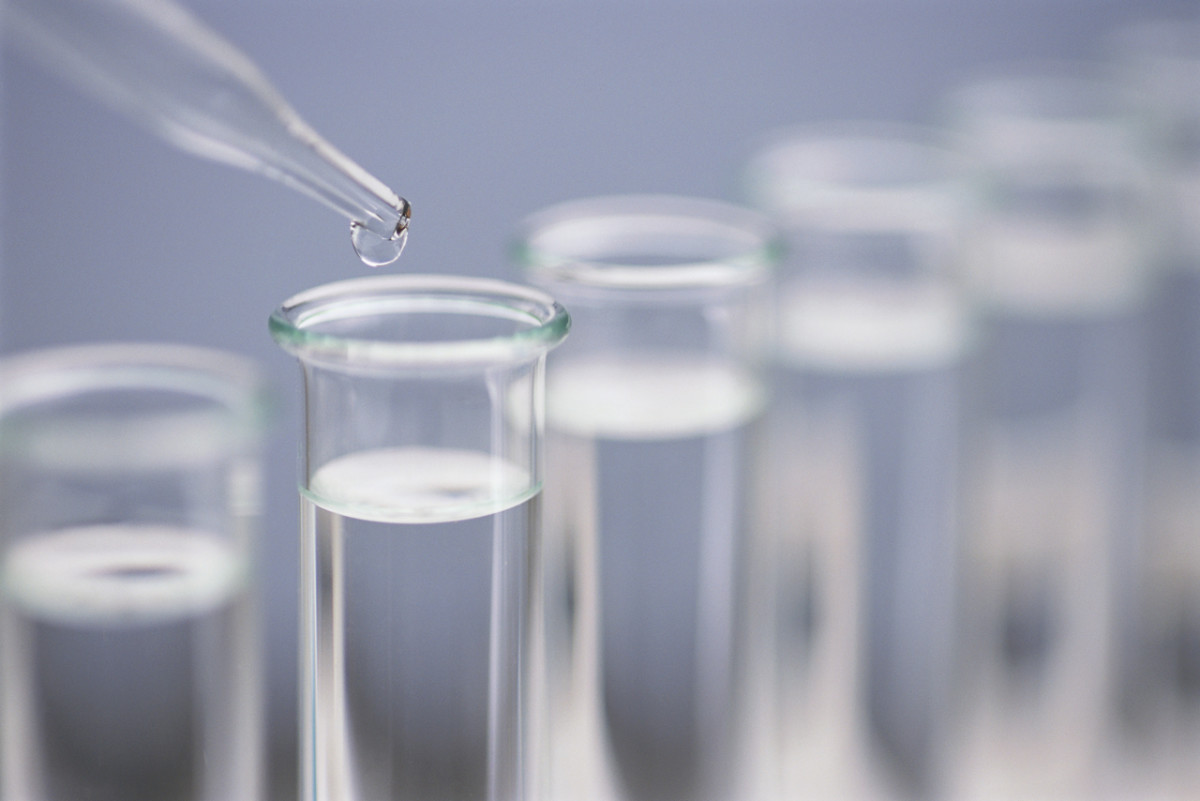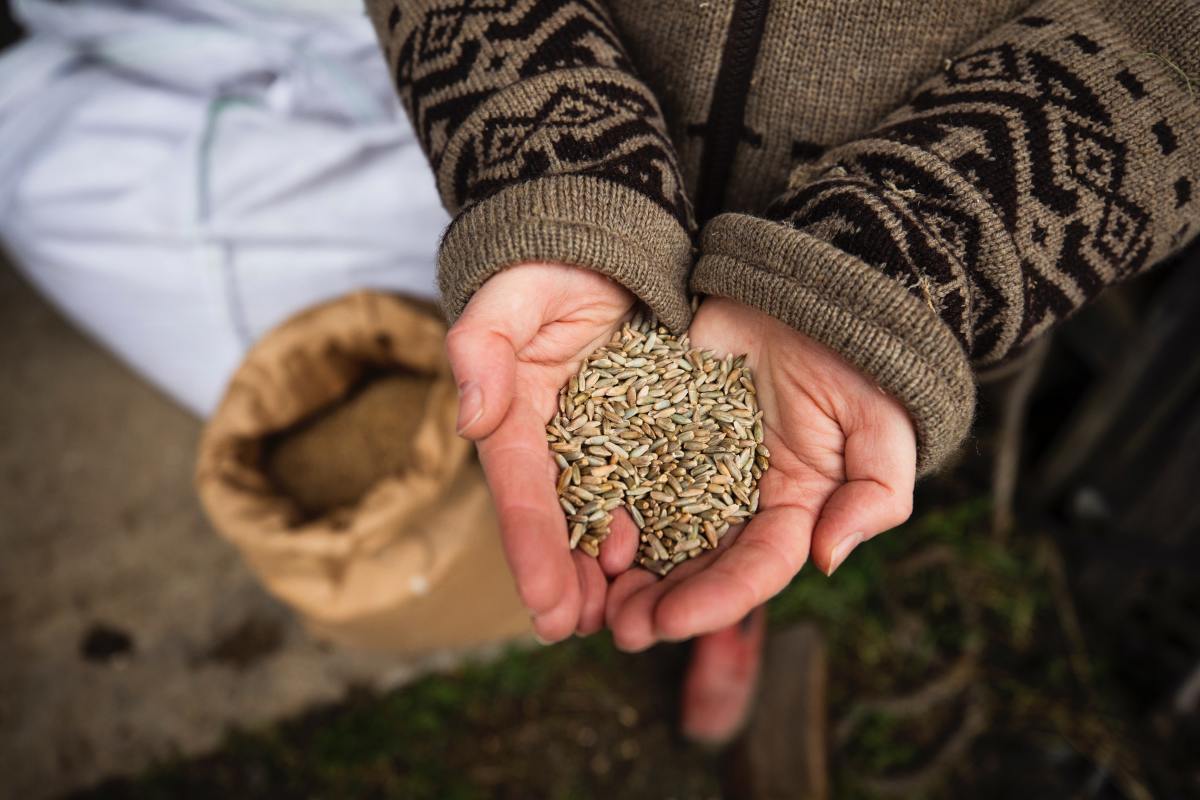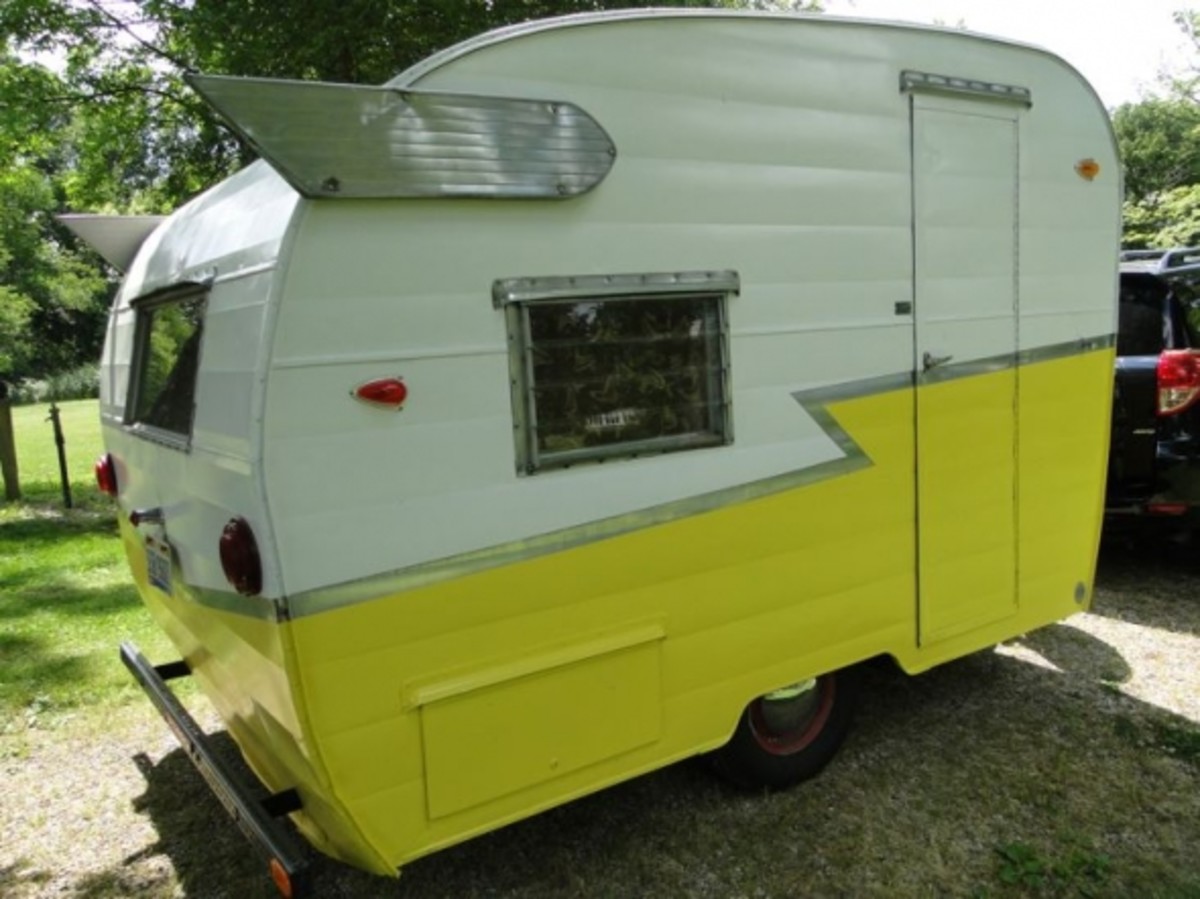Survival Food Kits for Airplane Emergencies

The Basics
While airplane emergencies are not common, it is important to understand the risks and be prepared. Most major airlines install emergency kits in their planes for the rare occasion of malfunction; however, this is not always the case. Details of an emergency are impossible to predict, so it is important that you have access to an emergency food kit, even if that means packing your own. The kit should be simply packed, but comprehensive.
H2-OMG
Water is an essential part of life, and one cannot survive without it for more than 3-5 days. Water is vital to nearly all of our diverse bodily functions, including blood purification, proper organ function, and oxygen intake. Therefore, water is an indispensible part of any airplane emergency food kit, and should be considered and included first. Water can be found packaged for bacterial resistance, long shelf life and transportability for the specific purpose of survival and emergency kits.
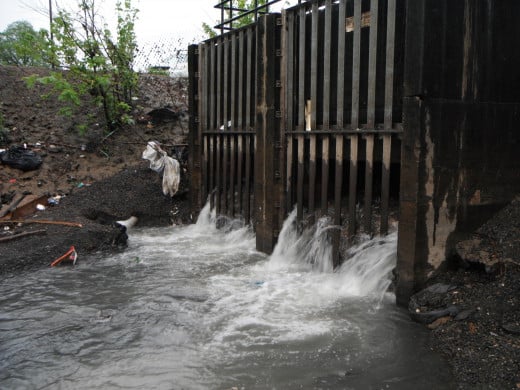
Water Purification
If you anticipate an emergency requiring more water than can be feasibly transported – a survival situation lasting more than 3 days -- be sure to include a means of water purification in your food kit. Water purification systems vary greatly depending on circumstance, but one that is compact is most appropriate for this kit. Filters and pumps are extremely effective, but be sure that they are simple to use and small enough to transport. Many survival kits opt for water purification tablets, which chemically disinfect questionable water supplies, because they are cheap, effective, compact and light. If you are considering these tablets, you should additionally include a collapsible bottle to contain the purified water.
Choose Non-perishables
Since you are preparing an emergency food kit, you will naturally require food items. It is important that food items packed in your kit are non-perishable, meaning they do not easily decay or are packaged for durability and longevity. It is essential that you do not pack any food that may spoil, as spoiling promotes bacteria that may further threaten your survival. Food rations and non-perishable protein or nutrition bars are a good example of high-calorie, easily transported foods that do not require preparation but provide adequate sustenance in the case of an emergency. Be sure to avoid foods that will leave you thirsty.
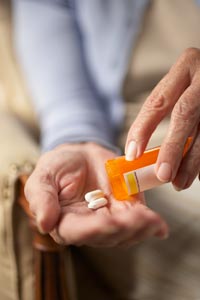
Medicinal Necessities
Do not ignore any medical provisions in your emergency kit. A few extra doses of vital medications and dietary necessities are essential to any emergency kit, and retain freshness in a sealed, waterproof container. Additionally, a few disinfecting wipes can go a long way to maintain hygiene and to sterilize surfaces that may encounter harmful bacteria. Even when packing the right food and equipment, be sure to periodically check your kit for freshness and replace expired goods – even non-perishable food and medication spoils eventually. Maintaining your health is the key to a successful emergency food kit.

